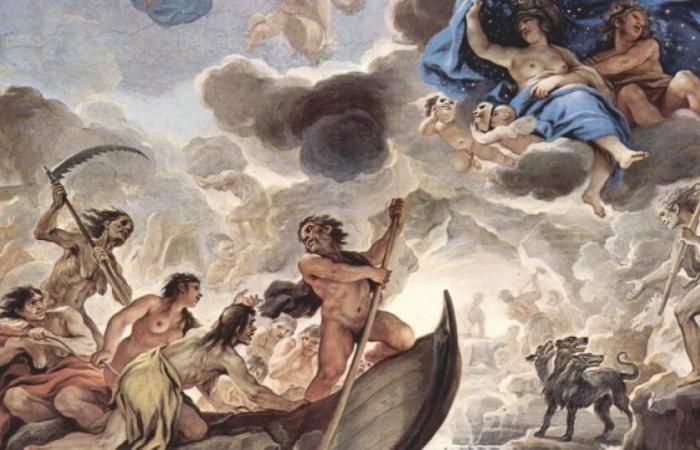Three 17th century frescoes were found under a false ceiling of the Villa Farnesina, in Rome, during maintenance work. An exhibition is dedicated to them until January 12, 2025, reports Le Figaro.
An unexpected discovery in a place steeped in history, notes Le Figaro. Three colorful frescoes from the 17th century were unearthed at Villa Farnesina, in Rome, during a technical intervention. It was Davide Renzoni, an electrician in charge of a control operation a year ago, who made this discovery by opening an unexplored trapdoor. “ I turned on my flashlight and everything appeared: it was a marvel “, he remembers. The frescoes, which stand out for their vibrant colors of blue, red and gold, had been hidden under a false ceiling installed in the former living room of the banker and Renaissance patron, Agostino Chigi.
These paintings depict bucolic landscapes and cherubs surrounding heraldic motifs. The coat of arms of the Farnese family appears there, recalling that Cardinal Alexandre Farnese had acquired the villa in 1579. Despite their splendor, the frescoes had sunk into oblivion, particularly after work carried out in the 1920s.
According to Virginia Lapenta, curator at Villa Farnesina, it is likely that workers had already seen these works at that time, but they had not been documented. Today, they are regaining new visibility thanks to an exhibition organized within the villa, highlighting 17th century art and the influences of the style of Raphael, whose masterpieces are already home to the villa.
An exceptional exhibition
Although the newly discovered frescoes are not directly accessible to the public for security reasons, they are visible via photos and cameras installed on the site. The exhibition, open until January 12, 2025, also offers an exploration of the famous boxes of Galatea and Psyche, decorated with sumptuous ceilings.
Visitors can admire other exceptional works loaned for the occasion, such as those by Pietro Berrettini and Andrea Sacchi, in dialogue with the iconic creations of Raphael. This trip represents a unique opportunity to rediscover the heritage of the Renaissance and its impact on 17th century art in the Italian capital.






